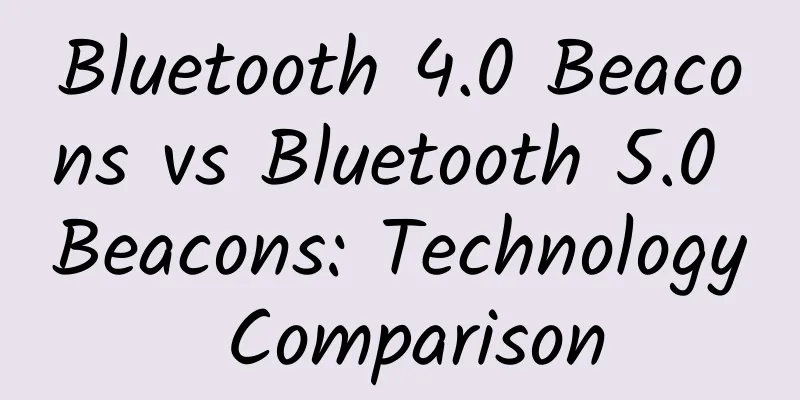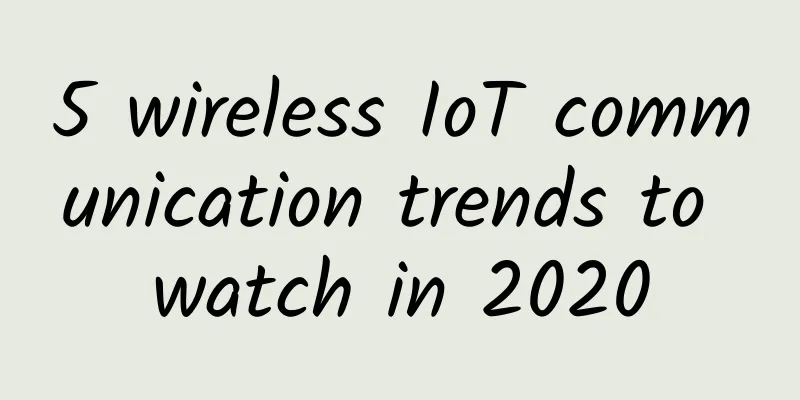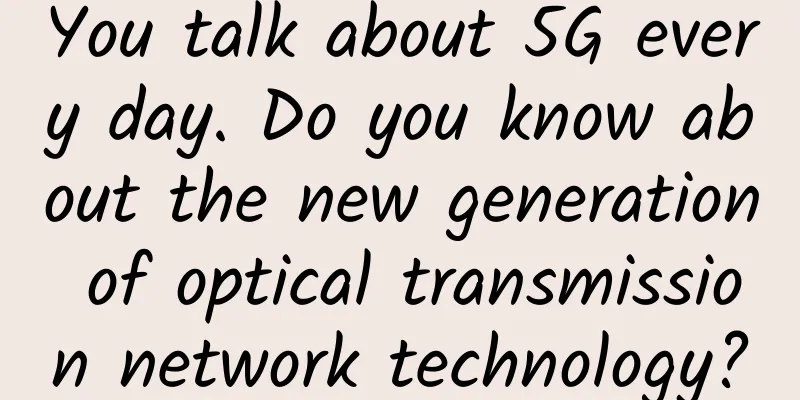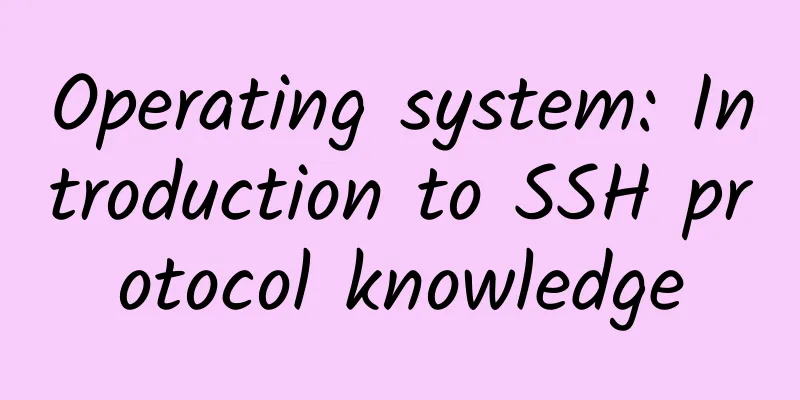Bluetooth 4.0 Beacons vs Bluetooth 5.0 Beacons: Technology Comparison

|
Since 1994, there have been 12 versions of Bluetooth, each of which has driven the development of applications in different industries. According to the 2022 Bluetooth Market Report, the compound growth rate of Bluetooth technology in the smart home field from 2013 to 2018 was as high as 232%, which means that the shipment volume of Bluetooth in the smart home field will increase by more than 30 times in 5 years! By 2024, the annual shipment volume of Bluetooth audio transmission devices is expected to reach 1.5 billion units, an increase of 40% from 2019. Among them, Bluetooth beacons also began to attract people's attention after the release of Bluetooth 4.0, and also reached an explosive period after the release of Bluetooth 5.0. This article introduces Bluetooth 4.0 beacons and Bluetooth 5.0 beacons in detail. Please continue reading to learn more. Bluetooth 4.0 Beacon vs Bluetooth 5.0 BeaconBluetooth 5.0 beacons were introduced in 2016 and are designed to meet all the advanced privacy and security standards of the wireless world. They require the latest hardware to run smoothly and will not work with older versions like Bluetooth 4.0 beacons. So, how does Bluetooth perform between the two versions? Read on for a detailed introduction to Bluetooth 4.0 beacons vs Bluetooth 5.0 beacons below: 1. SpeedCompared to the popularity of Bluetooth 4.0 version, Bluetooth beacons did not take off until the release of Bluetooth 5.0, as Bluetooth 5.0 is twice as fast as Bluetooth 4.0. Bluetooth 5.0 beacons can reach speeds of up to 2Mbps compared to 1Mbps for Bluetooth 4.0, which meets most of the requirements for IoT compatibility. On Bluetooth 5.0, a 251-byte data packet can be sent in 1060 microseconds, while Bluetooth 4.0 was set at 2120 microseconds. 2. ScopeThe range that a Bluetooth beacon can support is one of the key factors that determine its application range. Bluetooth 4.0 only supports a 10-meter range indoors and a 50-meter range outdoors, while Bluetooth 5.0 allows low-power transmission and provides a wider data range, so it can support a 200-meter range outdoors and a 40-meter range indoors. Therefore, Bluetooth 5.0 beacons can be used in more areas than Bluetooth 4.0 beacons. 3. Battery bandwidthThe Bluetooth 5.0 specification has been improved for the IoT, and Bluetooth 5 beacons use less power per device than Bluetooth 4 beacons. For example, all beacon devices communicate over BLE, so Bluetooth can be turned on for longer periods of time without worrying about draining the battery. Of course, hardware also plays a huge role in power consumption. Bluetooth 5.0 has a maximum transmit power of +10dBm, while Bluetooth 5.0 has a maximum transmit power of +20dBm. 4. CompatibilityCompatibility is an important factor for Bluetooth beacons. Bluetooth 4.0 beacons are only compatible with devices designed for the version 4 series and not Bluetooth 5 beacons, while Bluetooth 5.0 is compatible with the Bluetooth 4.0 series. 5. Hardware supportBluetooth 5 beacons meet many IoT requirements with their extraordinary range and faster speeds. However, to fully utilize Bluetooth 5.0, a whole new set of improved equipment is required. For example, a Bluetooth adapter may be required for the device to work properly. The device can be updated to the latest version by plugging into a USB port. However, Bluetooth 4.0 beacons are completely different in terms of hardware support and are not compatible with any version series other than its own. 6. Message capacityThe Bluetooth 5.0 specification includes a large message capacity of 255 bytes, providing more bytes for the actual data payload. However, Bluetooth 4.0 beacons have a smaller message capacity of 31 bytes, providing only 17-20 bytes for the actual data payload. Bluetooth 5.0 beacons are better than Bluetooth 4.0 beaconsThe basic beacon technology supported by Bluetooth LE versions 4.0, 4.1, and 4.2 defines a simple device that actually uses one side of a full Bluetooth switch. Any Bluetooth device that wishes to be discovered will periodically send an "advertisement" message inviting pairing and subsequent data exchange. The beacon's advertisement contains a reserved address indicating that it is not requesting pairing and will be directly preceded by a short "payload" data of a fixed length. When in close proximity, consumers automatically receive short beacon communications, but due to payload limitations, the associated application must be triggered or a browser opened to provide useful information. This limitation limits the application of Bluetooth beacons. In Bluetooth 5 beacons, the available payload size for the advertising channel has increased eightfold, from 37 bytes to 255 bytes, and a cascade mode can string packets together for longer messages. This means consumers can receive useful information from beacon transmissions without having to open an app. Bluetooth 5.0 beacons also conveniently offer improved channel coexistence, making it easier for beacons to move in crowded radio environments, ultimately saving power and extending battery life. Location TrackingBluetooth 5’s AD extensions have recently seen an increase in developments in location determination for beacon technology, particularly in the Industrial Internet of Things (IIoT) space. Locating the location of a mobile entity (person or object) at any given time enables personnel and asset tracking. Location fix is achieved by estimating the distance from the beacon to the receiver using the received signal strength indication (RSSI). Knowing the transmitted signal strength and the rate at which it decreases with distance allows for a simple calculation to derive the distance between the receiver and the beacon. Beacons for asset trackingFor asset tracking, the beacon deployment strategy is the opposite. A Bluetooth beacon is fixed to the item to be tracked, and its signal is received by a network of Bluetooth LE nodes distributed around the infrastructure. Triangulation allows positioning to be obtained when three (or more) terminals receive the beacon signal. The asset in question can be almost anything or anyone. The additional data payload of beacon messages in Bluetooth 5 means that useful amounts of data can be transmitted, for example, certain measurement parameters or statuses, without having to resort to an app or browser. An example is temperature measurement, which can check whether the storage of pharmaceutical packaging exceeds its temperature limit. Should I choose Bluetooth 4.0 beacon or Bluetooth 5.0 beacon?Based on our analysis of Bluetooth 4.0 beacons vs. Bluetooth 5.0 beacons, the Bluetooth 5 series is definitely better than Bluetooth 4. The most prominent features of Bluetooth 5.0 are faster speeds and wider coverage compared to Bluetooth 4.0. This means you can get up to twice the speed (2Mbps vs. 1Mbps), four times the range (800 feet vs. 200 feet), and eight times the bandwidth. Everyone wants to keep up with the new trends that are constantly emerging, and in this case, upgrading to various tech products does not mean forgetting or throwing away items that seem "outdated." You may need it in the future. In addition, you need to remember that you can never get all the information at once. For any given information transmission, you should choose between the range and speed of the device. You must also consider whether the device supports Bluetooth 5.0, and more decisions should be made based on the application needs. |
<<: How to Choose Inventory Tracking Technology?
>>: Why use MAC address when we have IP address?
Recommend
The Ministry of Industry and Information Technology interprets the three-year special action plan for increasing IPv6 traffic, requiring home terminals to support
[[410842]] The Ministry of Industry and Informati...
DYXnet selected as a member of the SD-WAN+Informatization "Pilot" program to jointly promote high-quality development of the industry
On May 27, 2024 , the 2024 SD-WAN+Innovation &quo...
How does 5G help enterprises explore the development of the Internet of Things?
What is the Internet of Things? The “internet of ...
Friendhosting's new Romania VPS starts from 2.99 euros per month, 25% off down payment
Friendhosting has sent out an email about a new n...
Is the future of the new WIFI standard 802.11ad reliable?
Now there is a new WIFI standard that can increas...
Ruijie worked hard for three days and three nights to help build the network of Xi'an Fangcang Hospital
Xi'an, a world-renowned ancient capital and c...
The significance of SDN deployment in developing countries
If you haven't been to Brazil, you should go ...
A article about connection and socket
In the TCP/IP protocol, a connection is usually c...
The changing world of ICO: What are the prospects for blockchain and virtual currency?
There have been many major events recently, rangi...
Why has 5G, which has been hyped for so long, suddenly stopped working? How far are we from the 5G era?
Every time 5G is mentioned, we feel like we are t...
The data center is dying? Not really
Today, despite the greater adoption and growth of...
QuantumCore: Australian VPS 1 AUD per month for the first three months, 1G memory/30G NVMe hard drive/1TB monthly traffic
The tribe once shared information about QuantumCo...
"4.5G": LTE-Advanced Pro users will grow rapidly
According to foreign media reports, market resear...
Operators' mid-term performance is impressive, and 5G development has entered a critical moment
2021 is a big year for China's 5G development...
Combining VXLAN and EVPN
EVPN is one of the hottest network technologies i...









